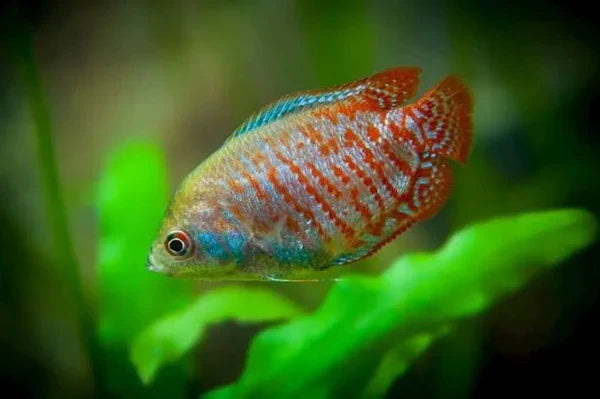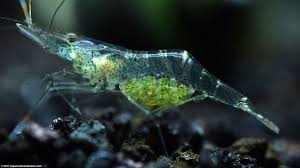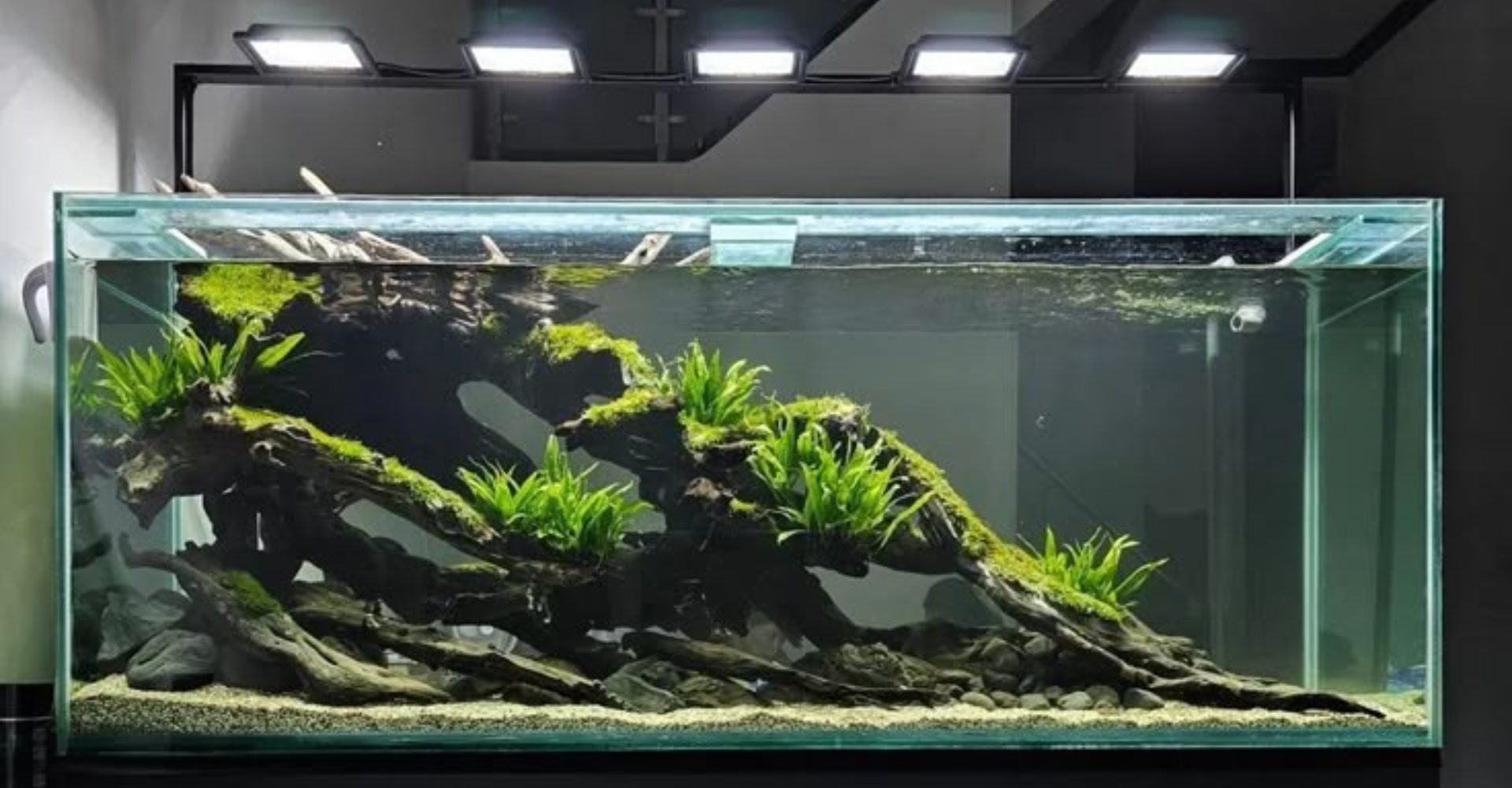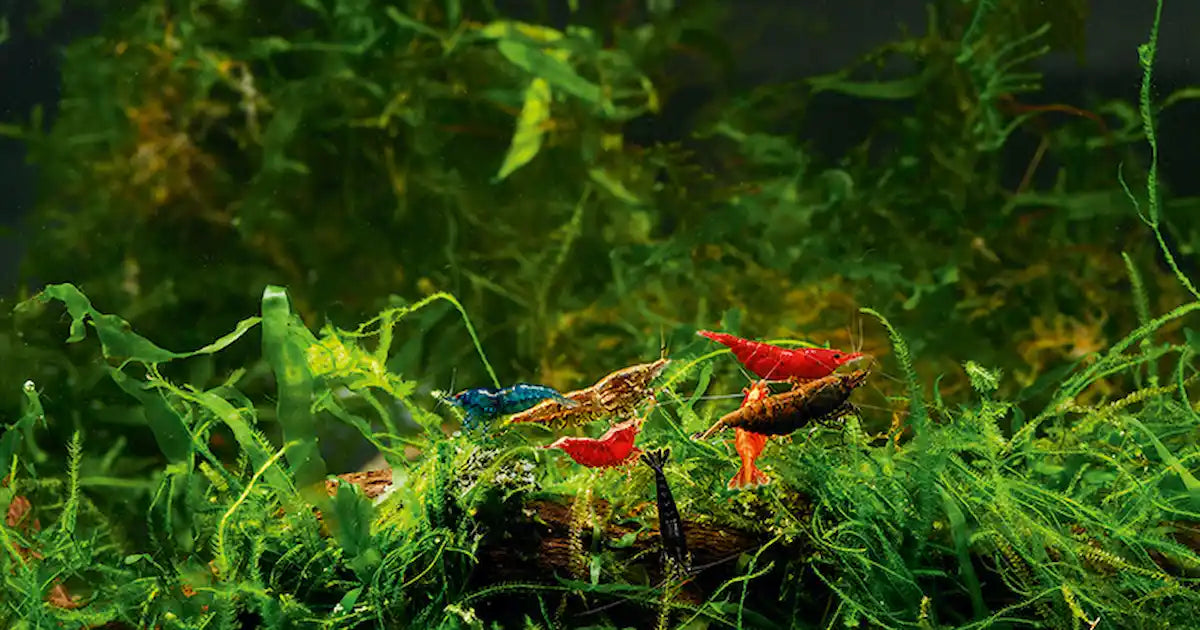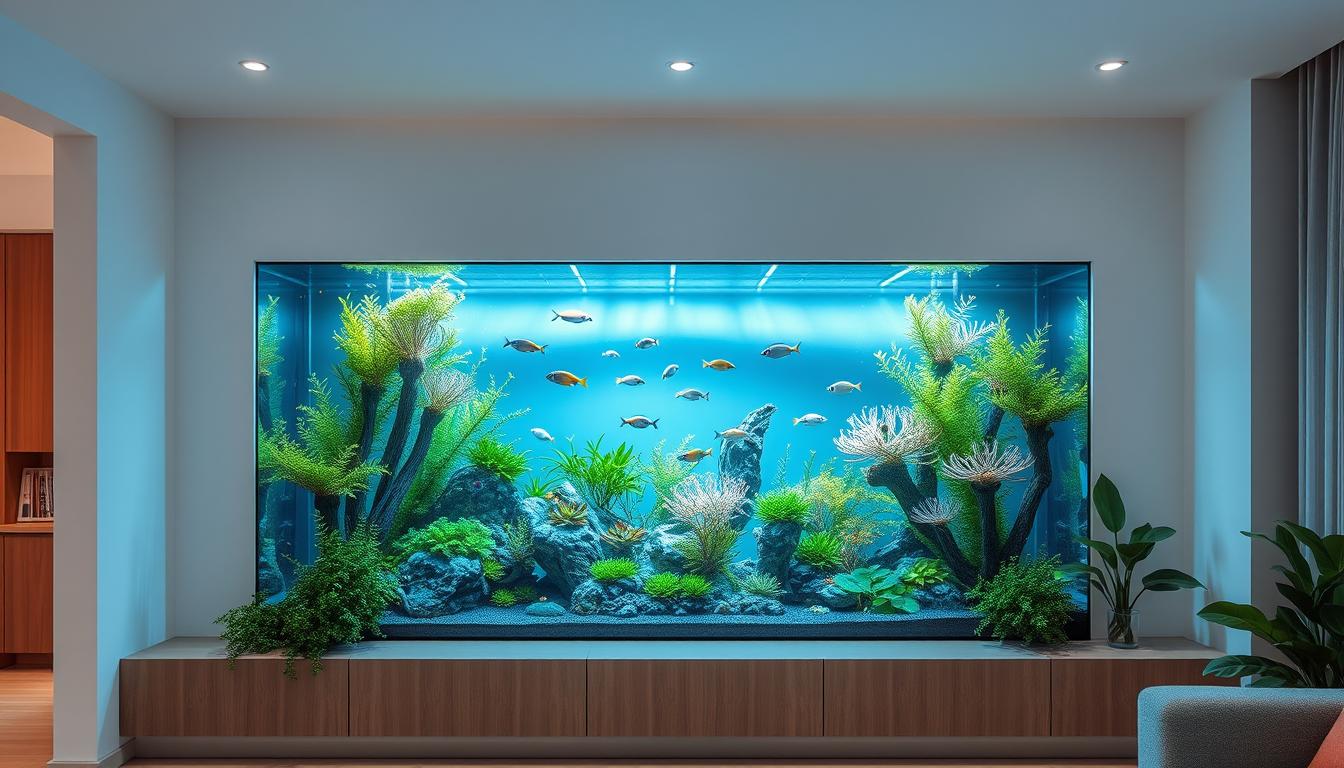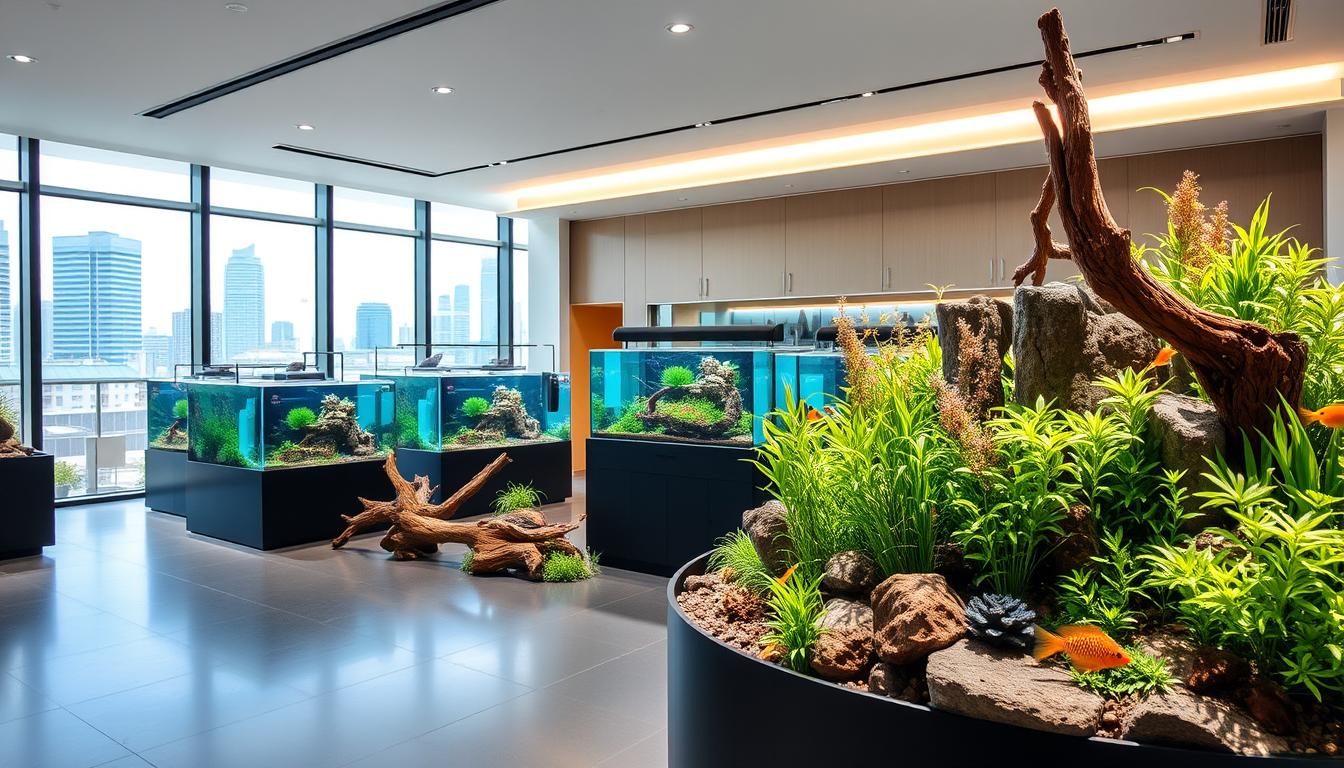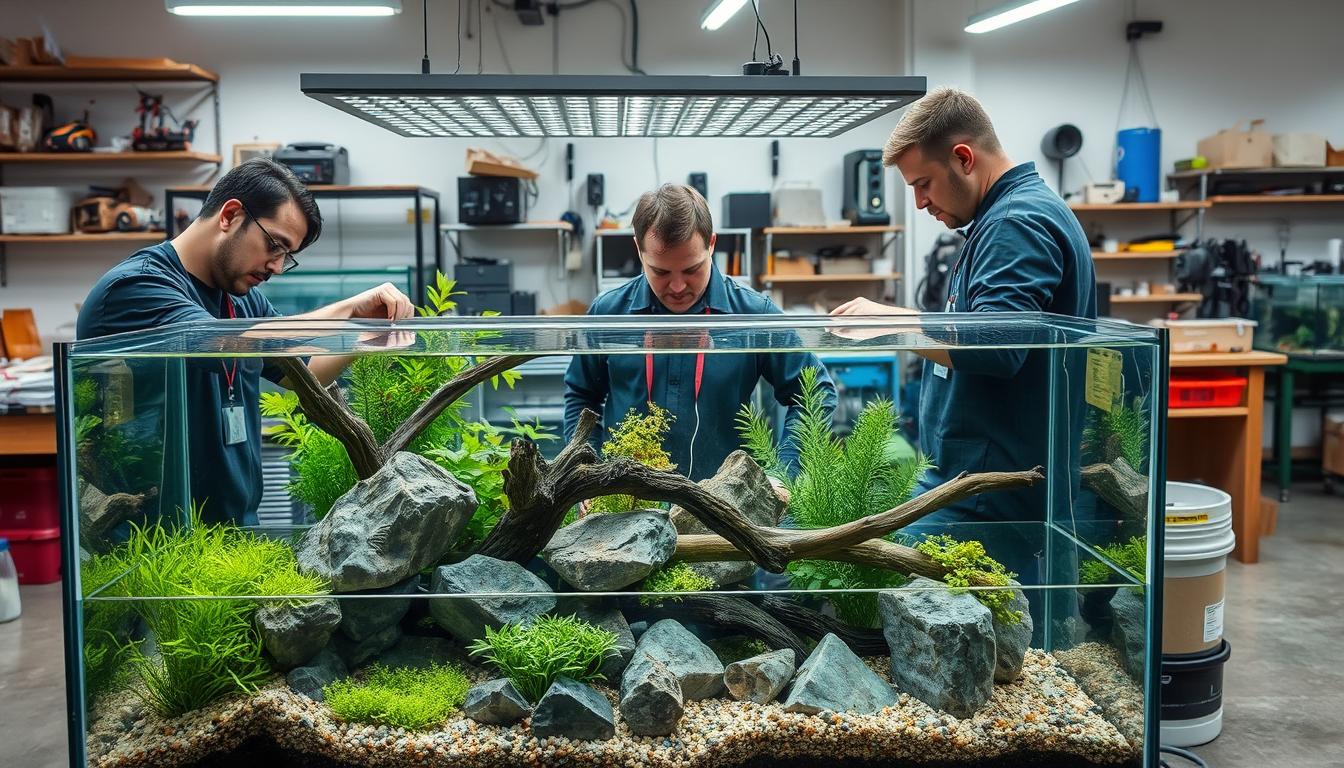Moss's enemies and "Angels" clean up the Aquarium
Plecostomus, also known as suckermouth catfish, is a genus of armored catfishes native to South America. They are characterized by their sucker-shaped mouths and bony plates and spines over their bodies instead of scales to protect them. They can raise and lower their spines and plates when threatened by a predator. Plecostomus means “folded mouth” in Latin. These fish are well-known for their ability to eat algae and other debris from aquarium walls and decorations, making them popular as aquarium fish.
Plecostomus species and names?
There are over 150 species of plecostomus, ranging in size from a few inches to several feet in length. The most common species of plecostomus kept in aquariums is the common pleco (Hypostomus plecostomus), which can grow up to 2 feet long. Other popular species of plecostomus include the bristlenose pleco (Ancistrus), the rubberlip pleco (Pterygoplichthys gibbiceps), and the clown pleco (Panaque nigrolineatus).

Plecos are relatively easy to care for in aquariums. They require a tank size of at least 50 gallons for one fish, and they prefer water temperatures between 72 and 78 degrees Fahrenheit. Plecos are also omnivores and will eat a variety of foods, including algae wafers, flakes, and live food.

Tip for you a quick solution:
-
Blow air into the tank or add air bubbles.
-
Plant extra ornamental plants on the aquarium's bottom to help provide more oxygen and a natural environment outside.
Here:
https://microaquaticshop.com.au/collections/aquarium-plants
-
It is known as "Angels" in the aquarium and is also a moss-killer.

What are the advantages of breeding Pleco?
Do You believe a "assistant" to clean the Aquarium?Plecostomus fish may clean the aquarium glass by eating algae and algae on the lake's surface and bottom, with the instruction to clean the glass from the beginning to the end of the aquarium.
Here are some additional facts about plecostomus:
-
Plecostomus urnal, meaning they are most active at night.
-
Plecostomus are able to breathe air, which allows them to survive in low-oxygen environments.
-
Plecostomus are an important part of the ecosystem in their native habitat, helping to control algae growth and keep waterways clean.
-
Plecostomus can live for up to 20 years in captivity.
You will also reap the benefits of keeping Pleco fish:
-
Algae control: Plecostomus fish is an excellent algae eater. If you have an aquarium, adding Pleco fish to the tank will assist efficiently control algae
-
Maintains water quality: In addition to cultivating aquatic plants, having a Pleco will help you reduce waste and dangerous compounds in your aquarium. Aids in the purification of the moss that has clung to the sides and bottom of the aquarium
-
Increase the aesthetics of the aquarium: Pleco fish have a lovely shape like a little Dragon with a majestic standing fin and can change color depending on the environment. Make the aquarium room more beautiful
-
Environment adaptable: Pleco fish is an easy fish to keep, and with the task of eating toxic algae in the Aquarium, it can live with the temperature in the Aquarium ranging from 25-28 degrees Fahrenheit, and a water environment with plenty of oxygen, clean pipes, and fewer plastic pipes is advantageous.
Moreover, Plecostomus fish are a fantastic starting fish because they don't require much maintenance and enjoy a long and healthy life.

Sailfin Pleco's favorite meal is radish, especially the bad moss in your aquarium.
Plecostomus's Childhood?
-
In the wild, Plecostomus are born in small streams and rivers in South America. They are only about an inch long, often hiding in vegetation, avoiding predators. As they grow older, they become stronger and begin to explore their surroundings. They also begin to eat algae and other algae to grow and develop.
-
Plecostomus can give birth to 10 to 20 pups in a single pregnancy.
-
Plecostomus infants are born with sucker-shaped lips and bone plates similar to their parents. They can also breathe air and live in an oxygen-depleted environment.
-
Despite having a captivity lifespan of only roughly 10 years. Plecostomus, on the other hand, is a popular aquarium fish that is essential in keeping the aquarium clean.
What are the strengths of Plecostomus?
Plecostomus are algae and algae eaters. They can eat a variety of algae, including green, brown, and black algae. This makes them an indispensable character in the Aquarium, as they can help keep the Aquarium clean and free of algae.
They are relatively easy to care for, Just clean water and the right food.
They are peaceful fish and they pose no danger to other fish in the aquarium.
They are healthy fish. Plecostomus can tolerate a wide variety of water conditions. This makes them a good choice for beginners.

The link below contains all of the Plecostomus fish you require:

